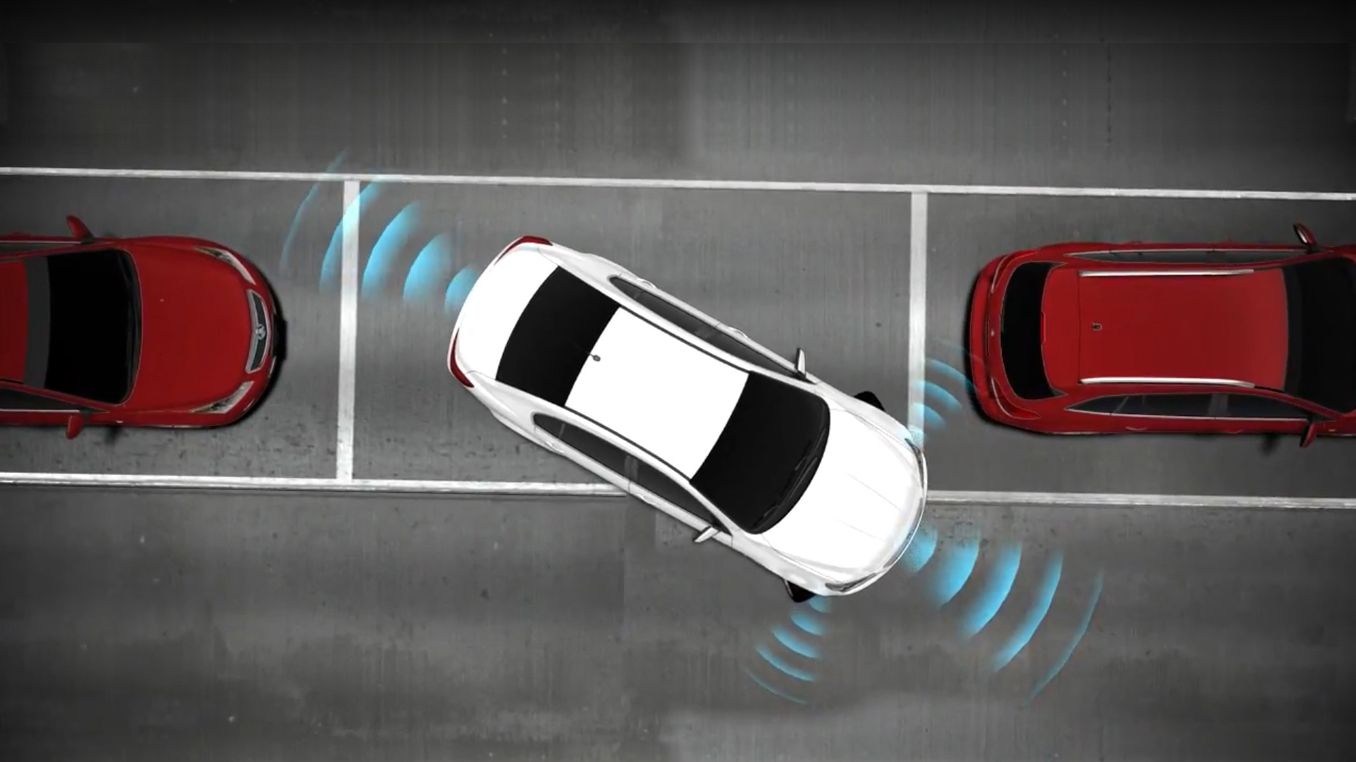

Rear parking services can be defined as follows:
The time it takes for the wave to return to the sensor is used to calculate the distance between the car and the object.
Rear parking sensors offer several benefits to drivers.
Save Time and Effort: When you are trying to park in a tight spot, you might find it frustrating to go back and forth multiple times to get into the right position. Rear parking sensors can help you park on the first try, saving time and reducing the amount of effort.
While rear parking sensors offer many benefits, they do have some limitations.
Rear parking sensors rely on ultrasonic waves to detect obstacles behind the car. In poor weather conditions such as heavy rain, snow, or fog, the sensors can't work effectively.
Rear parking sensors typically have a limited range, with most sensors detecting obstacles up to two meters away. This means that if there is an object farther away than the detection range, the driver won't receive any warning from the sensors.
Objects such as plastic bags, leaves, or shadows can trigger the sensors, causing them to beep. This can lead to drivers ignoring the sensors when they give genuine warnings.
Rear parking sensors can make parking a breeze, help you avoid accidents, park more precisely, save time and effort, and are easy to use.
If you want to enjoy these benefits, consider installing rear parking sensors. You can also download the Park+ app for more convenient parking solutions.
With Park+, you can easily find parking spots, pay for parking, and even reserve a spot in advance.
Download the Park+ app today and make parking service easier than ever before. Visit the Park+ website for more information.